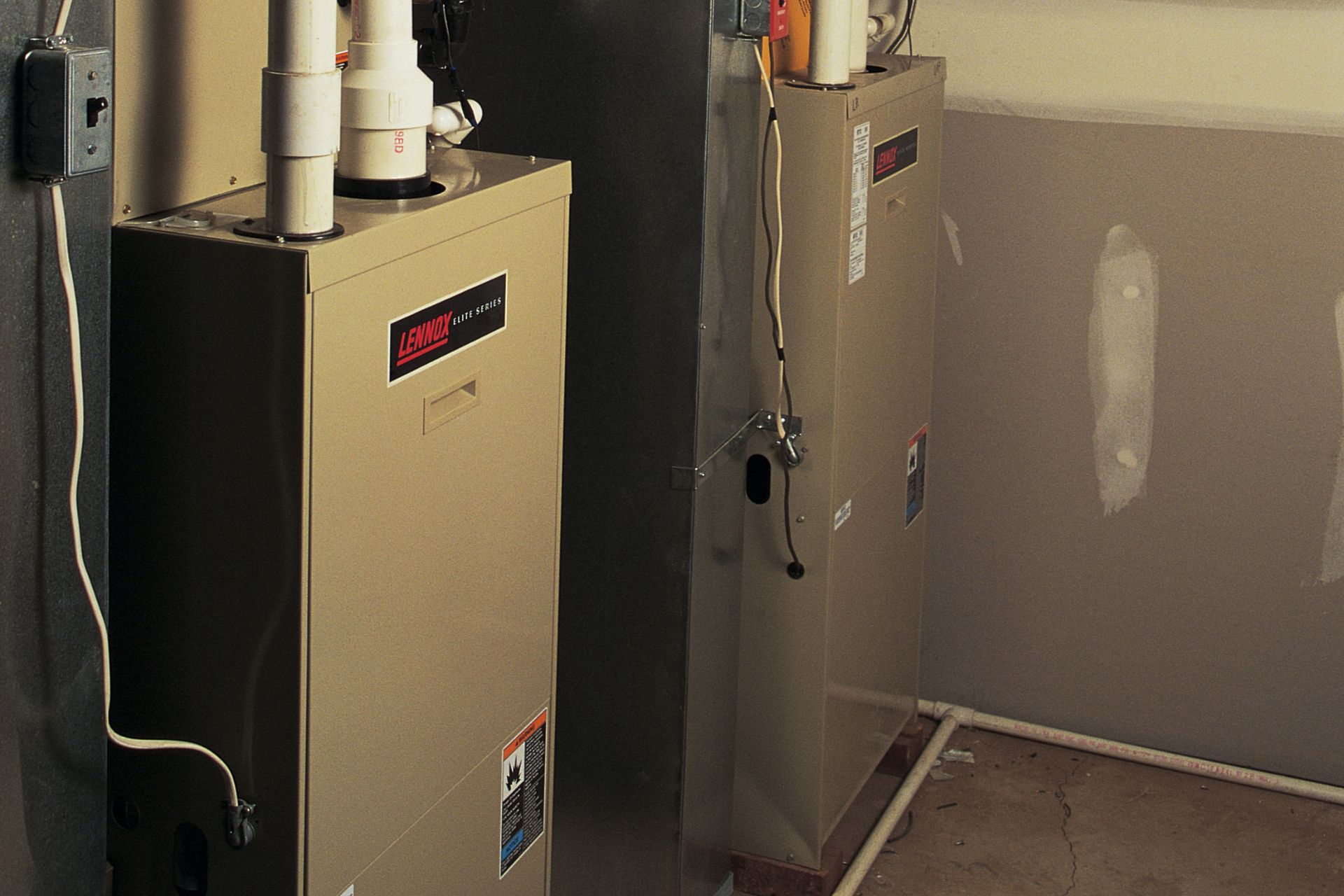Jimmy Higgins
Contributor
- Joined
- Jan 31, 2001
- Messages
- 50,443
- Basic Beliefs
- Calvinistic Atheist
My furnace is getting on in the years. Upgrading to it back in '05 from the old chugger helped reduce my gas usage a lot. I really like the idea of a Heat Pump, however, the electric costs of a heat pump will be higher than gas. I've already insulated the home and it is about as green as that gets, so going gas verses electric on a gas/coal grid won't make much of a difference.
So I was checking the furnace situation online and saw there are staged furnaces. Websites are out there suggesting a two stage 80% furnace will be as cost efficient as a one stage 90% furnace. But for the life of me, I can't understand why that could possibly be. Heating X CY of air requires Y energy. That math doesn't change based on the amount of time you take to do it. Are the losses that great when it fires up?
So I was checking the furnace situation online and saw there are staged furnaces. Websites are out there suggesting a two stage 80% furnace will be as cost efficient as a one stage 90% furnace. But for the life of me, I can't understand why that could possibly be. Heating X CY of air requires Y energy. That math doesn't change based on the amount of time you take to do it. Are the losses that great when it fires up?

